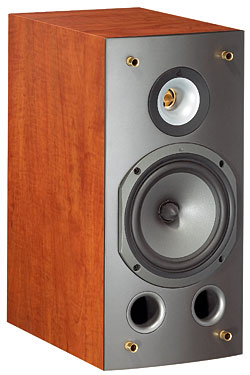
Classical recording with huge/extreme dynamic range?
- Read more about Classical recording with huge/extreme dynamic range?
- Log in or register to post comments
...would you be interested to attend a speaker demo in Rhapsody Audio (27 W 24th St) around 1-5PM this coming Saturday? Click here to see details.
NY members of that forum get together once a month for a "rave," usually hosted by a member, sometimes a manufacturer or dealer, and is open to anyone interested.
(Mods, I hope it's okay to extend this invite from the original post in Audiocircle, if not, please delete. Thanks!).
Hi - this is my first post. My wife and I are moving from a small one-bedroom to a 2000 square foot house and I am starting research for a new stereo system - overall budget of around $2000 (unless I can push for more, but that may be hard!)
I have started some receiver research and am focusing on the 2 channel market since there is no tv or dvd in the picture. How do people feel about the Outlaw RR-2150? What other receivers should I be considering?
Thank you!!!
Marty

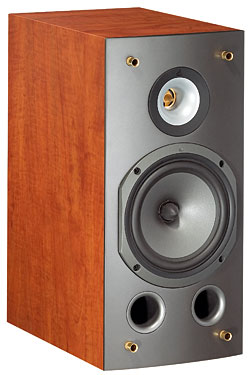
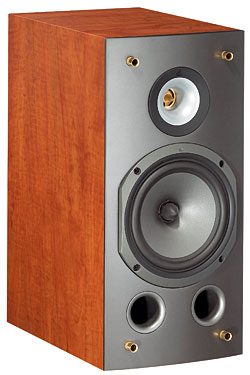
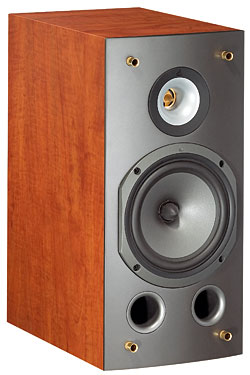
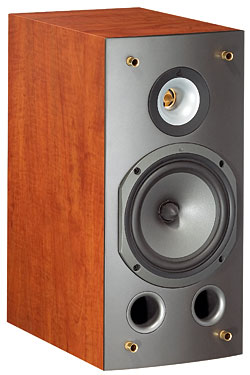
I'm looking for an SACD/CD player for my 2.1 channel system. Does anyone have any experience with the Parasound D200 universal player's audio quality via analog outputs? And if so, have you compared it to the Marantz SA8001? Redbook CD quality would be the most important issue for me; right now, I have a Marantz CD-67 SE II, and I think I could improve on it for a reasonable price. Your advice is appreciated!
Hello:
Can my fellow audiophiles recommend me a classical recording with huge/extreme dynamic range?
I am not much informed about classical music but I am bored with compressed recordings.
I need full orchestra music. Kindly only recommend CDs, no SACD, DVD-A, LP. Also apart from music recommendation, I shall appreciate the details for CD label/ recording company so I can buy the exact CD.
Something that will be enjoyable but will also test the limits of equipment!
Regards